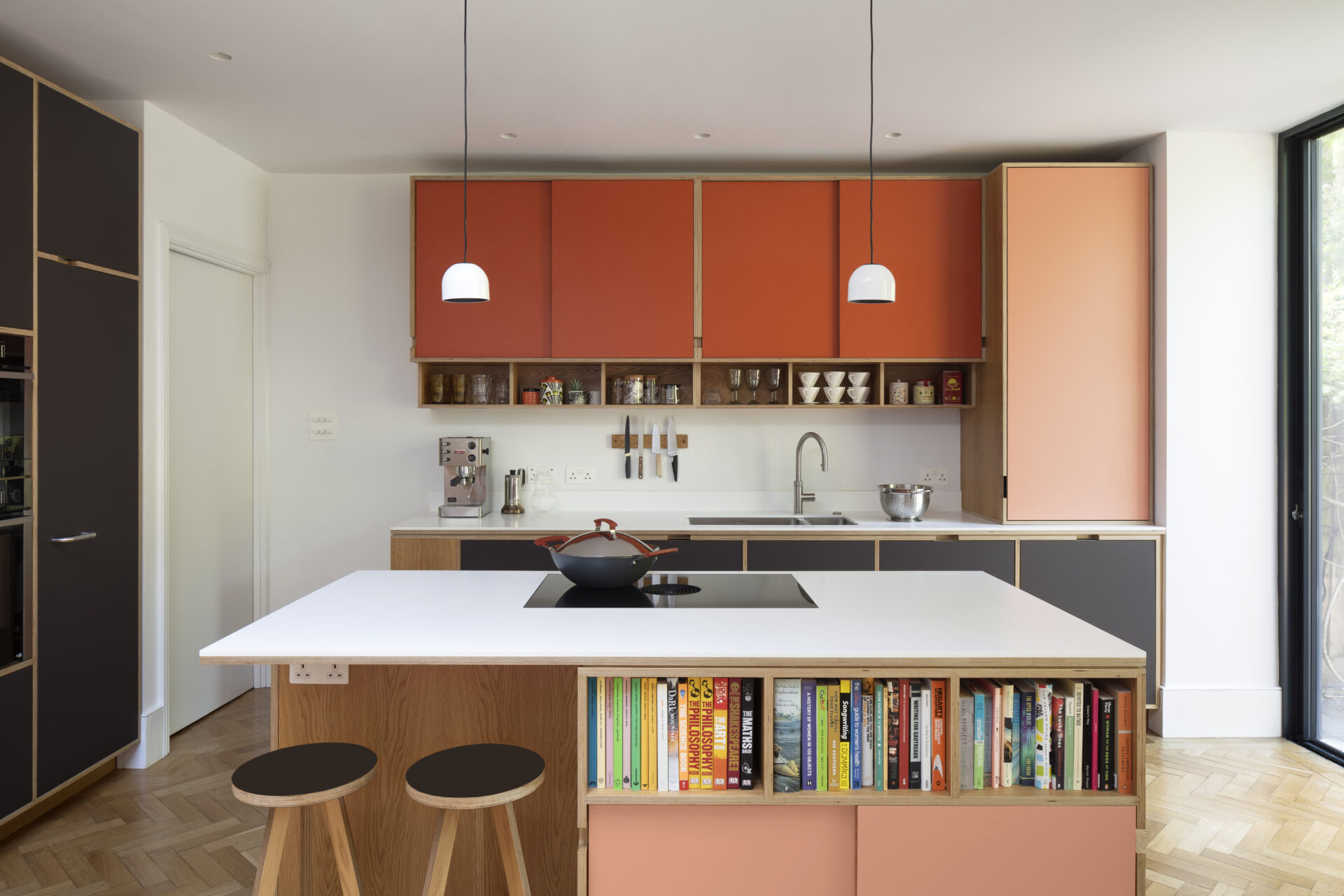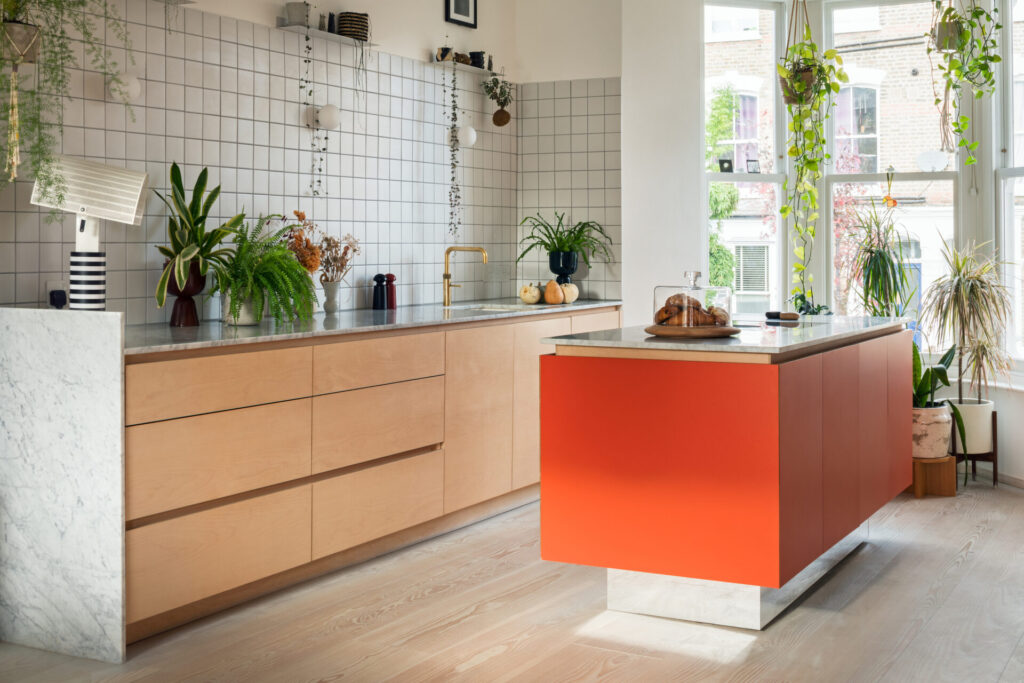
What happens when an architect and a product designer can’t find the furniture they want for their own homes? They build it themselves. That’s the origin story of Uncommon Projects, the design studio founded by friends Alan Drumm and James Hoy. What started as a personal project—a bespoke plywood kitchen for Alan’s home—quickly grew into a business dedicated to creating stunning, custom interiors. We recently had the chance to sit down with the duo to talk about their inspiration, their most unique projects, and the philosophy that guides their work.
Hi Alan and James, can you share the story behind the decision to start Uncommon Projects and what inspired your vision?
Alan and I have been friends for some time; we both come from design backgrounds, architecture and product design respectively, and share a lot of the same reference points and inspiration. We’d always felt a sort of dissatisfaction with the contemporary furniture market, and that became really apparent when we found ourselves buying homes and searching for good quality, uncomplicated, functional pieces that seemingly didn’t exist.
We’d always shared a love of plywood, and after some experimentation, making smaller pieces in our own homes, we decided to build Alan’s kitchen from scratch using a CNC router. The whole experience felt really liberating, designing and installing something completely custom-made for the space, each and every detail within our control. We were so pleased with the finished build, we realised that we might be on to something, and that was really the beginning of Uncommon Projects.
What sets Uncommon Projects apart from other design studios?
It’s about the level of precision we bring to each project. While plywood is certainly more commonplace now than when we launched over a decade ago, we think a UP kitchen really stands apart in terms of quality, and that’s something that shines through in person, everything from the slide of a drawer to the finish of a worktop corner. The touch, feel, and importantly, the experience of using our furniture, how it functions, speaks to our team’s obsession with detail and finish. We love receiving feedback on the way our kitchens look but there’s something incredibly satisfying about hearing how much our work has improved a client’s day-to-day life.
How would you describe Uncommon Projects in three words?
Quality, craft, precision.
Let’s take it back. What sparked your interest in design?
From a young age, both of us chose to study design-related subjects – James in Fine Art and Alan through Architecture. I don’t think either of us felt there was any other route that would work for us.
Where do you find inspiration?
Living in London and Paris means we’re lucky enough to regularly encounter inspiring interiors, and these spaces often spark new ideas. Beyond design, we both have an interest in the arts more broadly and try to keep abreast of what’s new. In France specifically, there’s a strong tradition of exhibiting modernist furniture, an era we’ve always been drawn to; something as simple as a desk or lamp can inspire our next palette or inform a new finish. Also, since we manufacture everything in-house, a lot of our inspiration comes from research and development, experimenting and exchanging ideas with our makers and collaborators. We’re launching a table in a few weeks that will be a product of that process. Each design detail has a purpose and is very much rooted in how we actually make things. We think the tables are a real reflection of that. We can’t wait to see how people react to the new line.
What’s the most unique design request you’ve had?
We created a series of ultra-minimal, modular shop fittings for label Studio Nicholson’s first London store a while back. Producing furniture that worked for the clothing, space, and customer became an interesting balancing act – store design requires a different mode of thinking than residential. We really enjoyed envisioning how people would navigate the store and designing with that in mind. The finished oak-veneered and white laminate units sat on discreet wheels, allowing for a complete change of layout for each new season. It’s probably our most adaptable project to date.
Do you have any projects in East London you’re particularly proud of?
We’ve worked on a broad range of projects across East London, but our Stoke Newington build definitely stands out. Our clients had completed a significant renovation of their Victorian terraced house, moving the kitchen from a dark downstairs corner to a light-filled room at the front of the house with much of its original features intact. This new environment inspired the couple to take risks in terms of colour, our palette of bold red and green alongside soft pink, immediately transformed the space, and the client was thrilled. We went on to win KBB Review Kitchen Designer of the Year for the build, a lovely way to round off such a pleasing project. You can take a full tour on Instagram and on our website.
If you could be involved in one project, big or small, what would it be?
We were approached to do a Maggie’s Centre in Oldham, which at the time was a dream project. The mix of great architecture, a good cause and a wide scope of furniture to design and deliver was perfect for us.
However, our hearts lie in domestic interiors. We’re really lucky that we get to work with some amazing architects and interior designers, as well as clients who really understand our ethos. A dream job for us is when you get to do a whole house, from the kitchen to the bedroom, study and beyond. Whether it’s a modernist home or a Georgian villa, if the quality of the build is there, then it’s really exciting.
What’s next for Uncommon Projects?
We recently launched a new kitchen system. Core will sit beside our existing bespoke service but offer a more affordable, module-based design, which we call ‘almost bespoke.’ We know custom kitchens can often feel out of reach in terms of price, so we hope this will be an accessible route to a really unique, high-quality Uncommon kitchen.
How can those interested learn more about Uncommon Projects?
You can find us on Instagram, and you can subscribe to our newsletter at the footer of our website.

